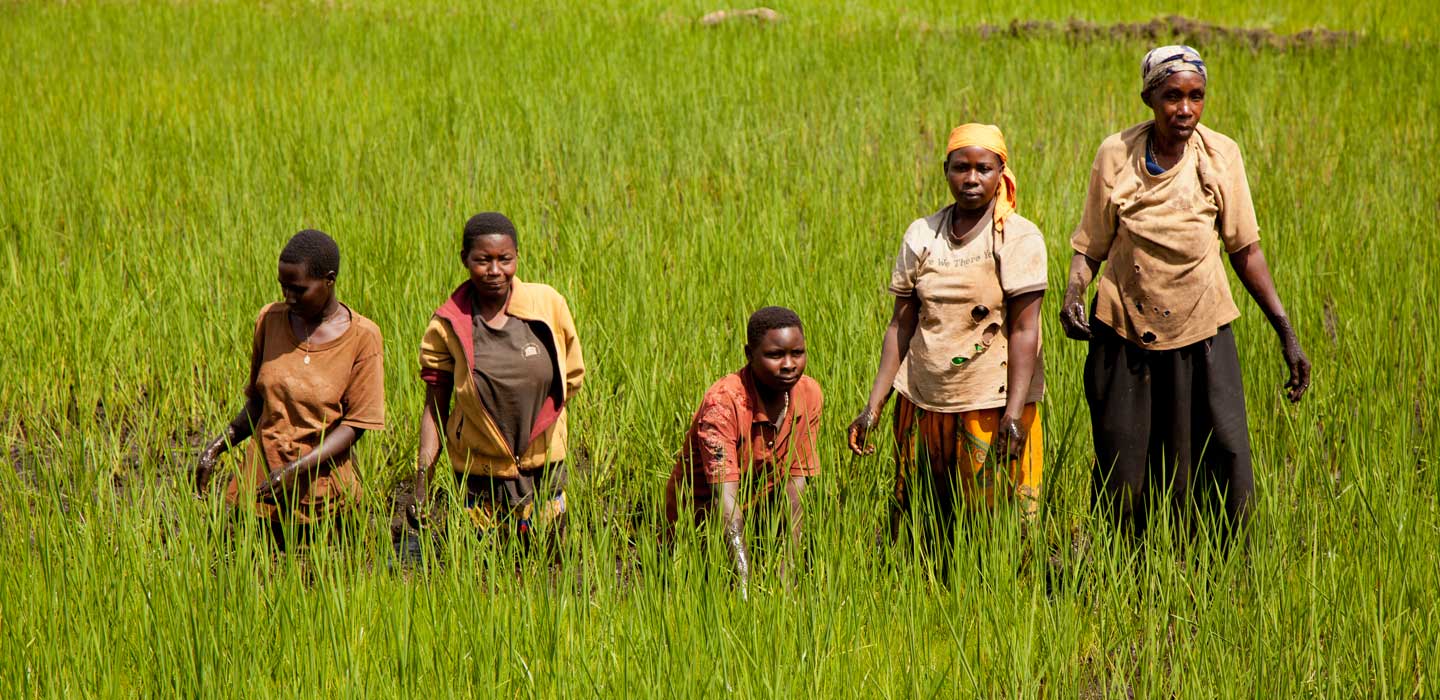File photo indicates a Chinese cereals professional shows rice farmers inside the jap Ugandan district of Budaka to transplant the excessively yielding Chinese hybrid rice, Oct. 25, 2016. Under a settlement between China, Uganda, and the UN’s Food and Agriculture Organization, Chinese professionals are schooling farmers in better practices. The payment is underneath the auspices of the South to South Cooperation application set up in 2009 to help growing international locations proportion expertise and expertise so that all can benefit from innovations and good practices that have been attempted and examined in countries dealing with similar conditions and challenges. (Xinhua/Ronald Ssekandi)

KALUNGU, Uganda, June 27 (Xinhua) — A massive expanse of lush, inexperienced rice paddies is a prime highlight alongside the highway from Uganda’s capital, Kampala, to the south of the u. S. A. The three thousand-acre rice farm, with a target of achieving 6,000 acres in the significant district of Kalungu, is owned with the aid of Zhong Industries Ltd, a personal Chinese agency. People from throughout the East African usa are busy working at the farm.
While preparing to reap rice, dozens of youths struggle with swarms of birds that come to feed on the rice. As a day-by-day project, they whistle, shout, and flap to scare away the birds. I awaken at six in the morning to head and scare away the birds. We are a group of several youths who try this,” 24-yr-antique Brown Mfitundinda told Xinhua in a latest interview. Several hundreds of meters away, combined harvesters are busy as tractors ferry the harvested rice to the rice processing facility additionally placed at the farm.
There are huge sun-drying regions where the rice from the sector is unfolding out on cemented flooring with the aid of several dozens of youths, frequently girls. After the drying, the rice is ferried into the processing facility, milled earlier, and then packed in 50kg bags with inscriptions “Zhong Yi” rice. Zhong Shuangquan, dealing with director Zhong’s Industries Ltd, advised Xinhua that there are over 1 two hundred local employees and five Chinese operating on the farm in the latest interview.
In large part, the Chinese provide technical expertise, particularly in getting ready the land for cultivation, generation, equipment, and income, in line with Zhong. He said planting, cultivation, harvesting, processing, and sales are going on at some point in the year. On average, the farm makes a day-by-day income of up to 40 tons of rice consistent with the day. Zhong stated the company plans to use the out-grower version in which thousands and thousands of acres of land can be opened up for rice farming throughout the a.
In Uganda, rice growing is considered strategic as it can contribute to growing rural incomes and improving meals and nutrient protection. Some of the country’s rice has been exported to local markets like the neighboring Democratic Republic of Congo and Burundi. Experts say the call for rice is persevering to develop due to the increasing population.
CHINA BOOST
Through a tripartite settlement with the United Nations Food and Agriculture Organization and some member countries, China has sent technical professionals to Africa through the South-South Cooperation Program. Uganda is one of the nations that have benefited from this on-the-farm training of small-scale farmers to enhance production. At the top of the program’s second phase in 2017, about 3,000 farmers have been educated in cereals, horticulture, aquaculture, and livestock in Uganda, consistent with agriculture.
During the undertaking, the Chinese technicians brought the boom of Chinese hybrid rice. Official research confirmed that mixed rice could yield up to 10 metric tons per hectare compared to conventional rice, which yields 4. Five metric lots according to the hectare. Farmers in Japanese Uganda, a well-known for rice development, have already developed the Chinese hybrid rice to boost their family profits. Uganda also installed the 220-million-greenback Kehong China-Uganda Agricultural Industrial Park.
According to the Ugandan authorities, the park might be critical in reworking an economic system dependent on agriculture. When completely operational, Kehong China-Uganda Agricultural Industrial Park is predicted to supply about six hundred 000 heaps of agro-merchandise yearly to meet the home and local market needs. Among the agro-products is rice.